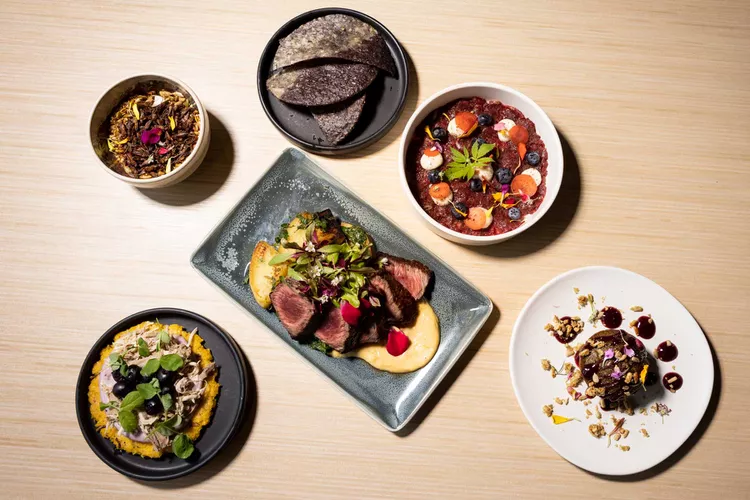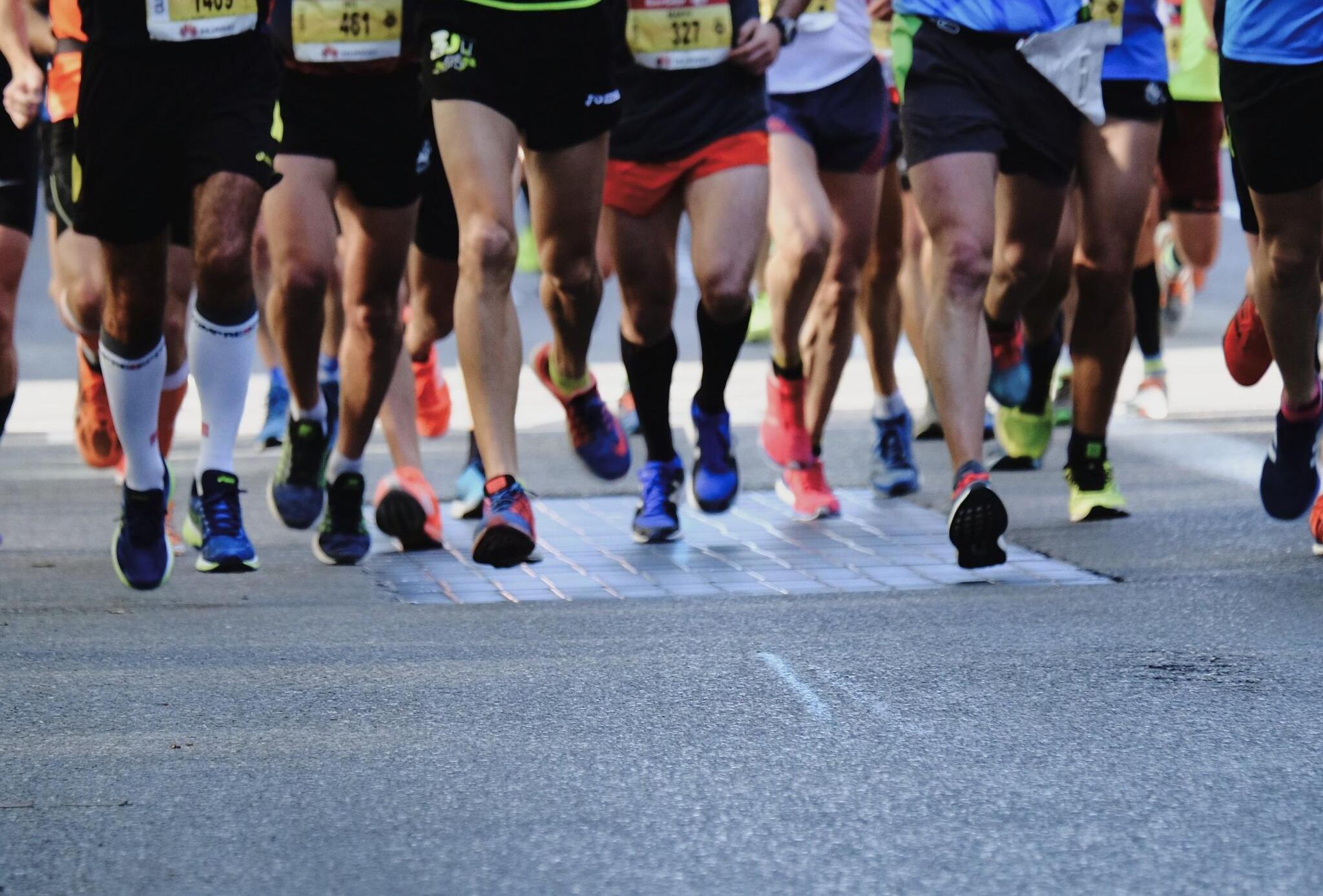Summary
The James Beard Award-winning Owamni is one notable project from the founders of NĀTIFS, a Minneapolis-based culinary nonprofit. Owamni, which won the title of Best New Restaurant in the 2022 James Beard Awards, isn’t just changing the culinary landscape of Minneapolis; it is also elevating Indigenous food traditions. This restaurant embraces the land, the people, and the enduring spirit of resistance.
Chef Sean Sherman (Oglala Lakota) and co-owner Dana Thompson (lineal descendant: Mdewakanton Dakota, Wahpeton Sisseton) emphasize the use of foods that were traditionally available in North America prior to colonization. This culinary approach excludes dairy, wheat, refined sugar, beef, chicken, and pork. Rather, dishes may include foraged plants, local game and fish, and “alternative” proteins such as crickets, along with wine and beer sourced primarily from Indigenous-owned producers. The North American Traditional Indigenous Food Systems (or NĀTIFS), a nonprofit established by Sherman and Thompson in 2017, has also launched the Indigenous Food Lab. This initiative offers cooking and foraging classes, as well as training for Native chefs aiming to develop their own culinary businesses.
We engaged Sherman and Thompson to learn about their favorite items from the Owamni menu and the stories behind them.
Cricket & Seed Mix

Crickets are a sustainable protein that we should all eat a lot more of. This preparation reminds me of when I lived in Mexico, where insect usage is much more normal. You just go to a mercado and there will be a huge bin of crickets. — Sherman
Turkey Choginyapi

Berries grow prolifically all around Minnesota. I’m a big berry fan; my favorite is blueberry. We cook seasonally, so in the summer, the aioli for this corn sandwich might be made with wild blueberries, and, in the fall, probably Aronia berries. — Thompson
Bison Steak

I’m Lakota, and the bison is a sacred animal for us. We have so many stories that are interwoven with bison. Most of them were slaughtered in the mid-1800s as part of a strategy by the U.S. government to slowly weaken the tribes in the Midwest, the Great Plains, and other regions. But bison were brought back from near extinction, and today, we’re able to buy directly from a Lakota tribe, the Cheyenne River Sioux Tribe. — Sherman
Game Tartare With Blue Corn Tostadas

I grew up deer-hunting in northern Minnesota, and hunting is so vital to Indigenous sovereignty. When Sean first created a tartare using game meat, I was blown away. It melts in your mouth. — Thompson
Maple Chaga Cake

Our methodology of removing colonial ingredients, things that didn’t exist here, included removing white cane sugar. To really showcase the flavors of where we are, we use a ton of maple syrup and maple sugar from this region’s harvest, which a lot of tribes still celebrate deeply every year. — Sherman
Support Indigenous Projects
There are plenty of opportunities to support other Indigenous-owned projects in the Minneapolis area. After enjoying a meal at Owamni, consider visiting Louise Erdrich’s Birchbark Books, where the Chippewa author stocks works by Indigenous writers in every genre, along with art and artisan jewelry. You can also order a takeout box lunch at the Gatherings Café, led by Diné chef Brian Yazzie, while its home at the Minneapolis American Indian Center undergoes renovations. This restaurant, scheduled to reopen in 2024, has become a destination for dishes like Red Lake walleye tacos, wild-rice salad, and bison with heirloom-corn polenta.
A version of this story first appeared in the December 2022/January 2023 issue of GoTravelDaily under the headline “A Place at the Table.”





